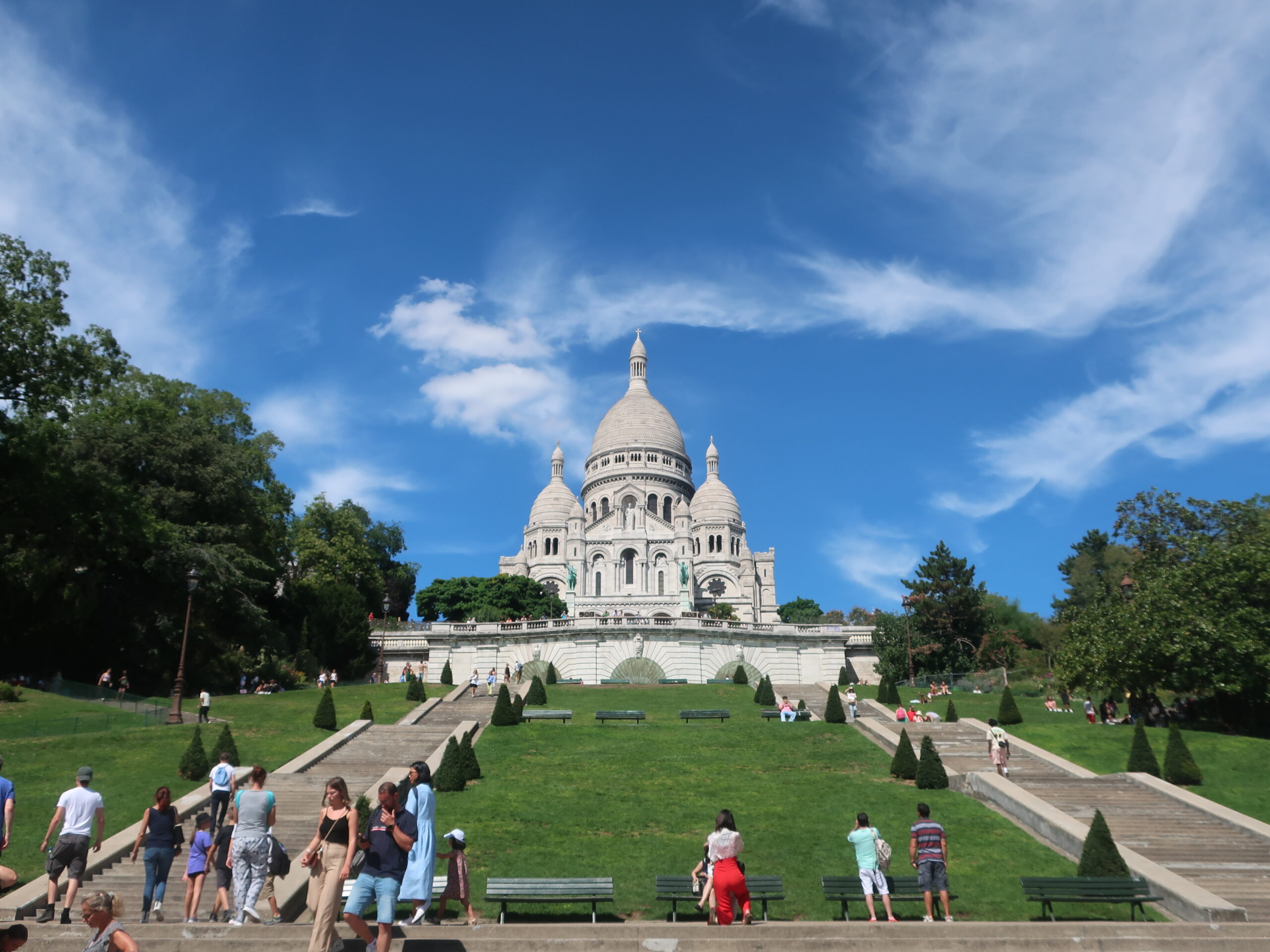Paris Travelogue] (9) A panoramic view of Paris from the Sacré Coeur Abbey on Montmartre Hill - A huge church on Montmartre Hill associated with Zola's late masterpiece, "Paris
In our previous article, we introduced the places associated with Emile Zola's "Lugon Makkar Series.
And in this article, we would like to introduce the Sacré Coeur Abbey, the main setting of "Paris," the final volume of the "Three Cities Twins," which Zola wrote in his full glory after completing the "Lugon-Macall Series.
The Sacré Coeur is a church that stands atop a hill in Montmartre.
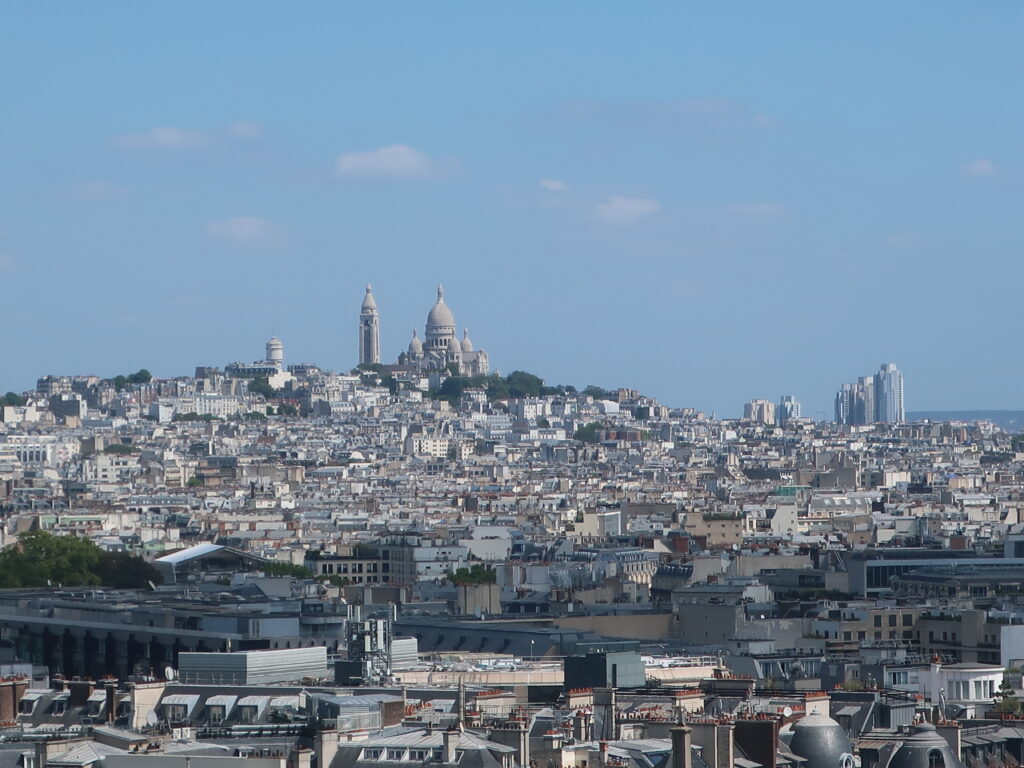
This is the Sacré Coeur temple seen from the Arc de Triomphe. You can see that it stands on a small hill.
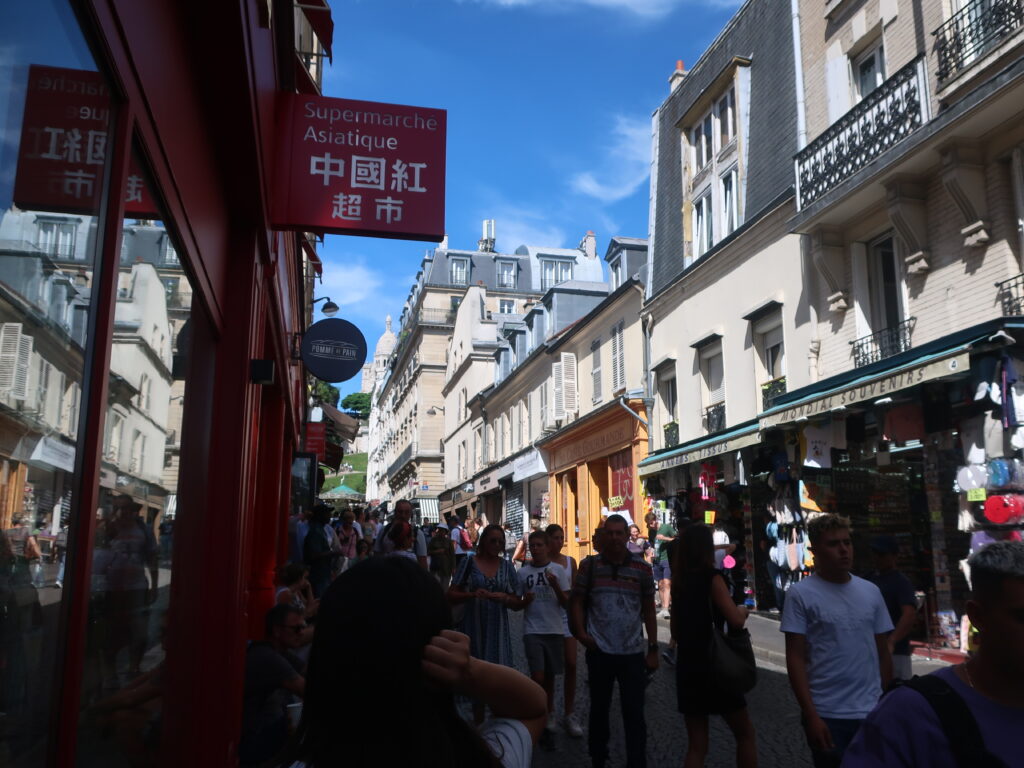
The area around Montmartre Hill is always busy as a tourist destination, with many souvenir shops and cafes.
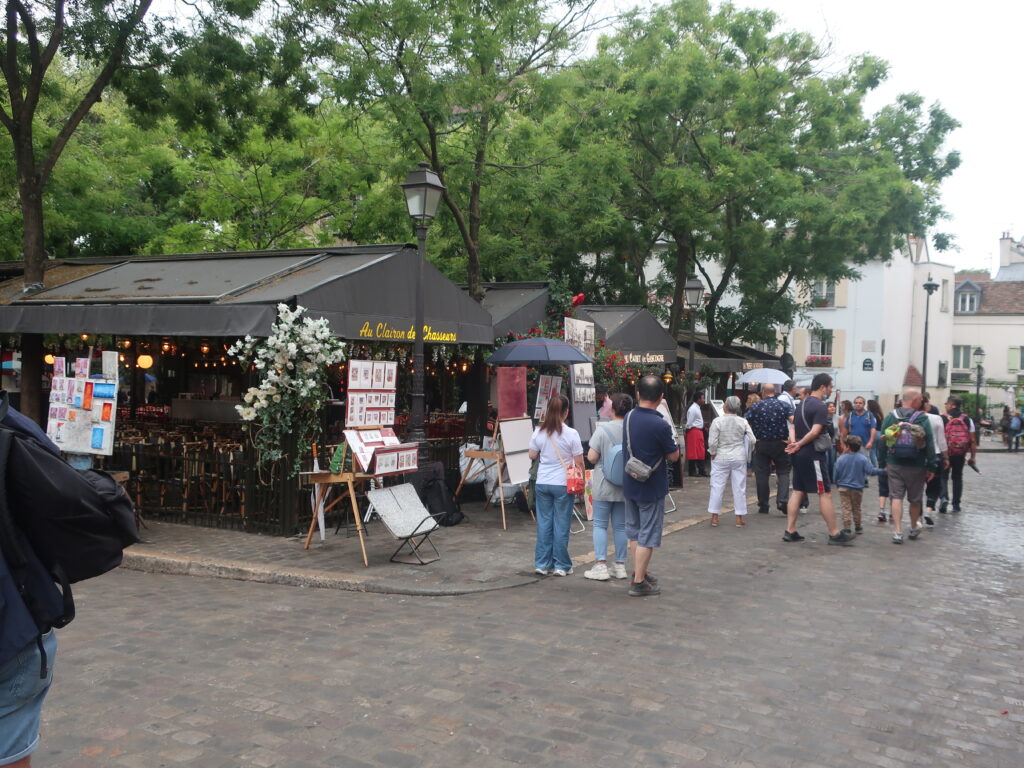
The area was famous for attracting many painters and artists and still retains its atmosphere.
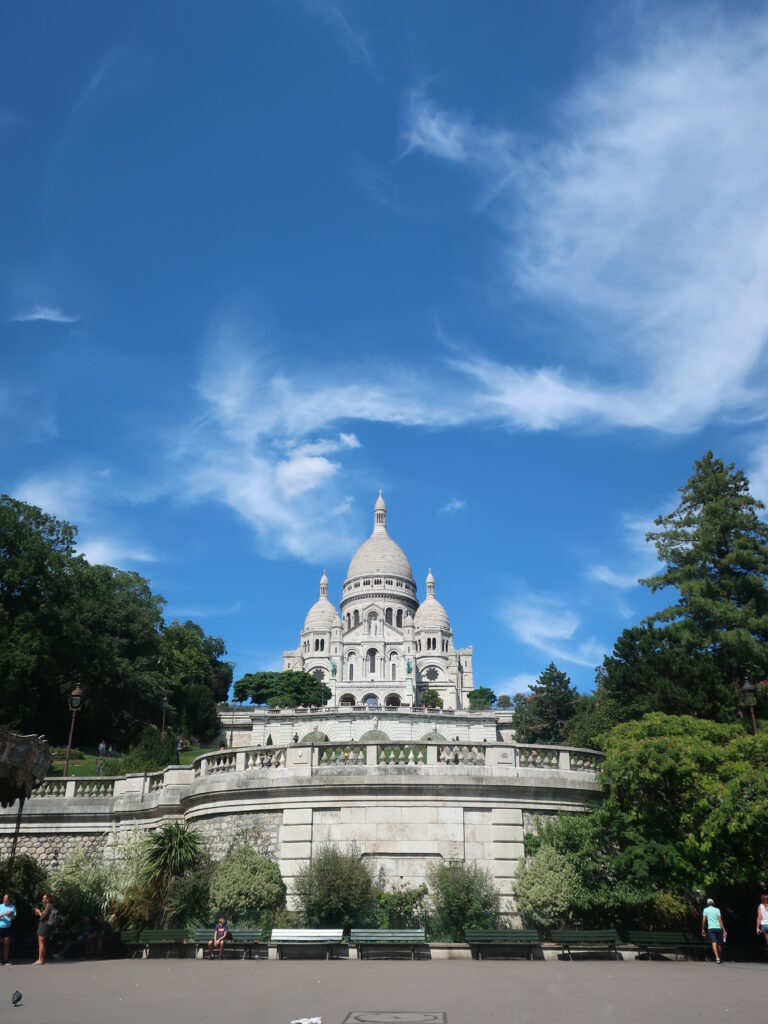
A short walk up the hill of Montmartre and you are suddenly confronted with the huge complex of the Sacré-Cœur temple.
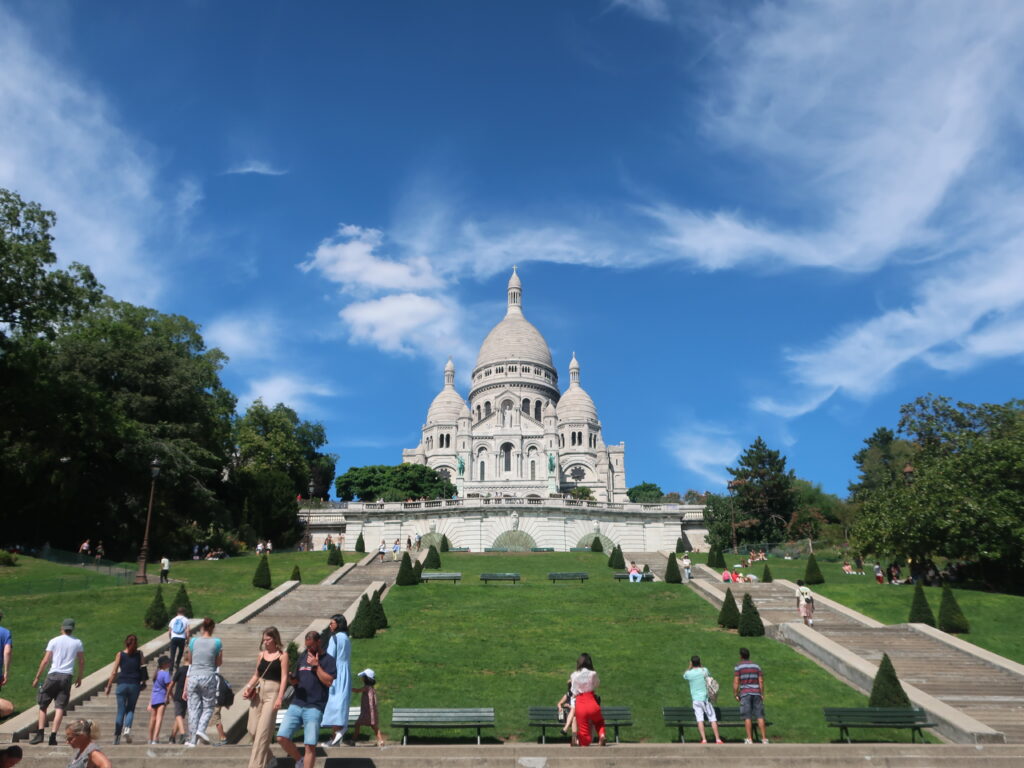
We climbed the stairs step by step. There is nothing to block the sunlight, so it is physically demanding in the summer.
However, as one gradually ascends, the huge Sacre Coeur temple looms larger and larger before one's eyes. It is a feeling that is hard to imagine. This feeling is a reward that only those who have walked hard can enjoy.
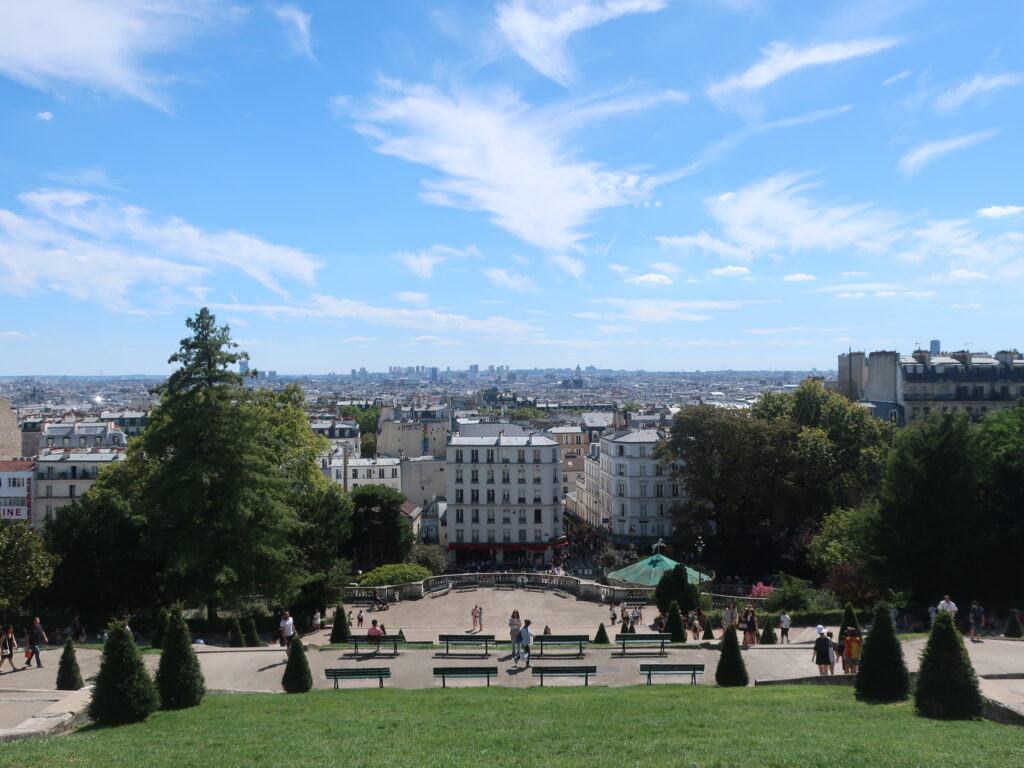
This spectacular view is already at the halfway stage. You can clearly see how high up in Paris this church is.
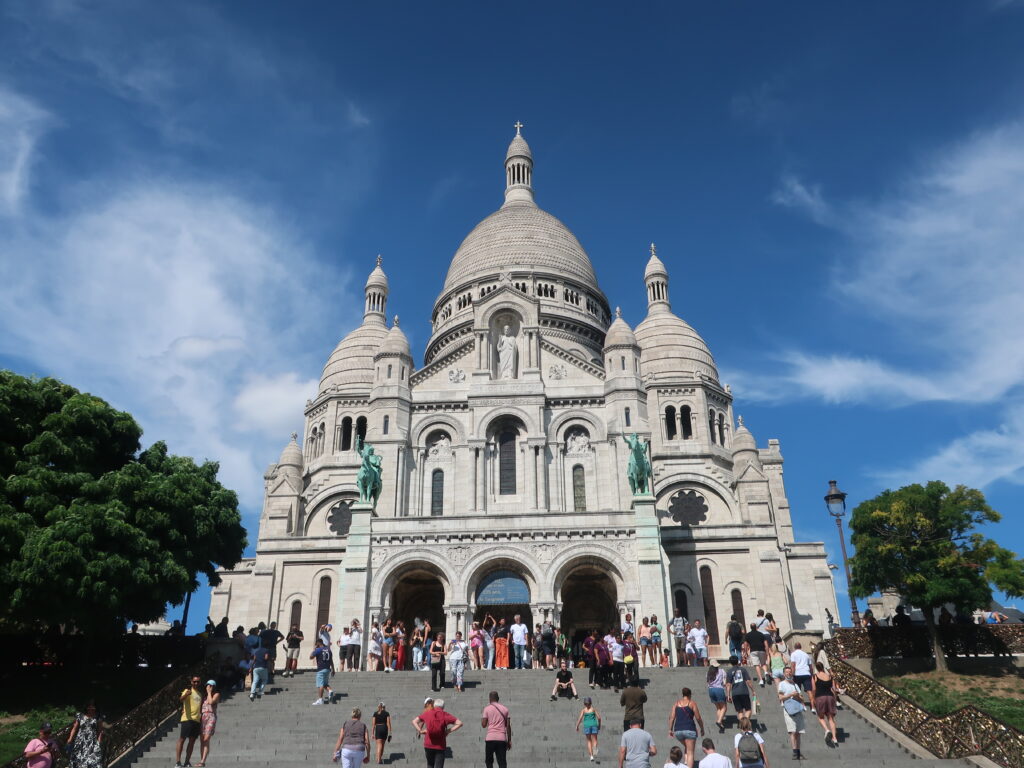
We arrived right in front of the church. The church is a relatively new structure, having been built in 1877. It is indeed a beautiful and new-looking building.
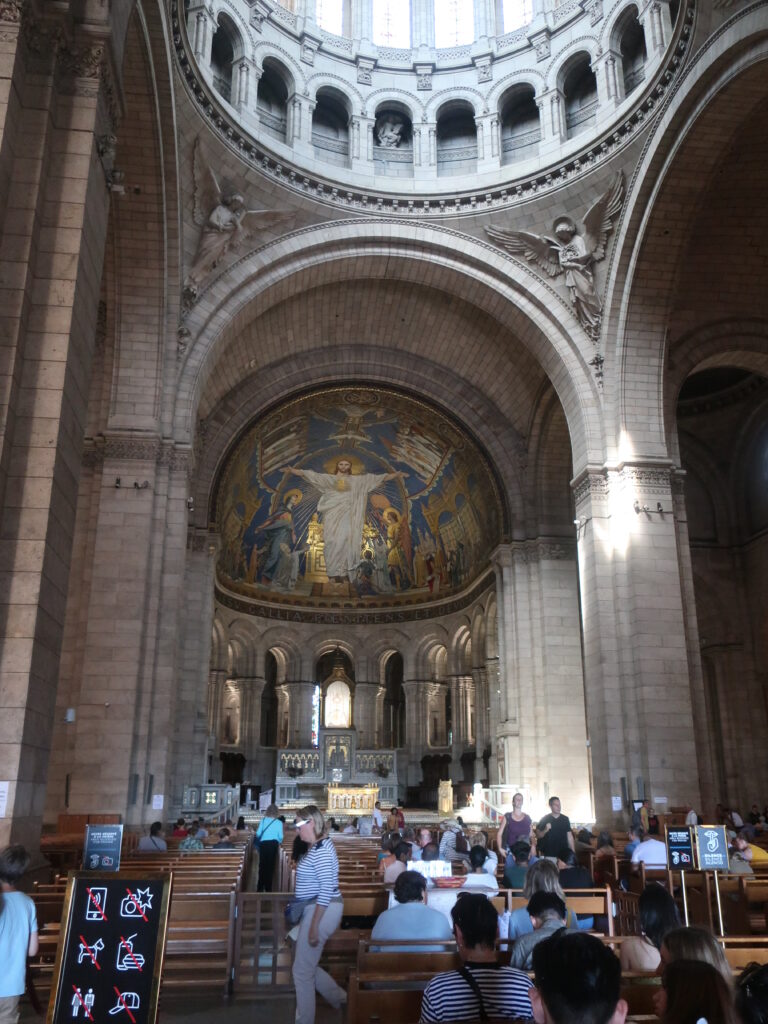
The interior of the church is just as vast as the exterior. The high ceiling is a distinctive feature, and the light streaming in from the top of the dome is beautiful. The huge mural painting on the front of the church is also noteworthy. It shows how much effort was put into the construction of this church. It must have taken an enormous amount of labor and expense to build such a huge and exquisite church, and it is very significant that a church of this scale was built at the end of the 19th century. This is exactly what Zola describes in "Paris.
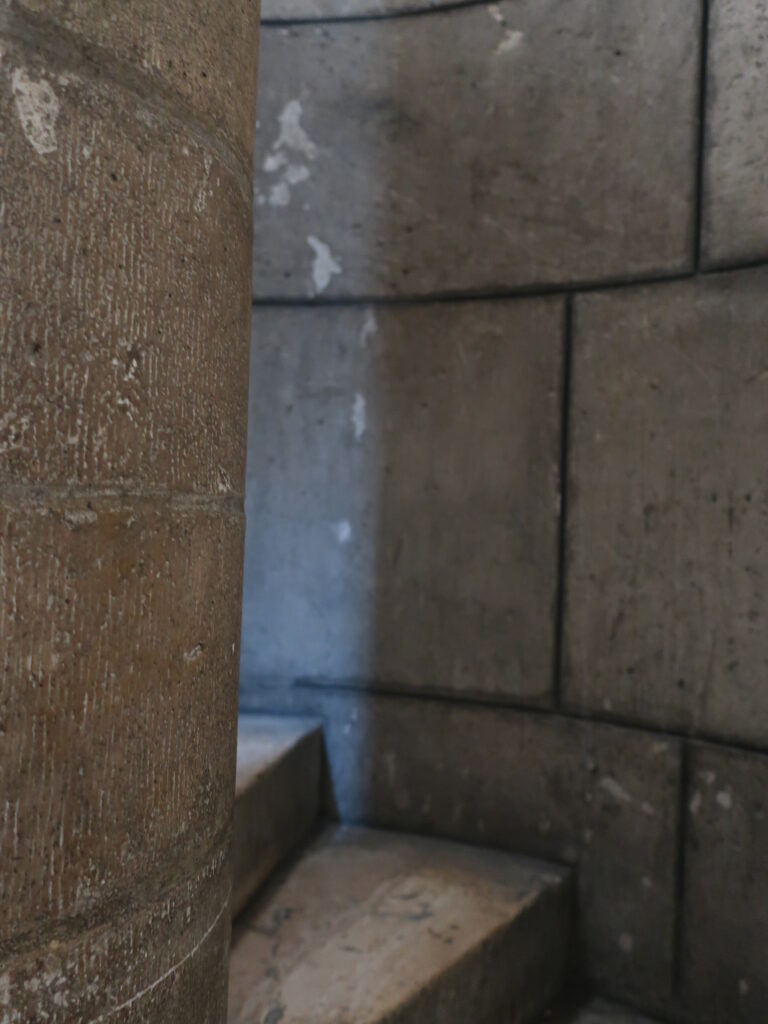
And this church allows visitors to go up to the observation deck for a fee. There is no elevator, only on foot. Since I was going to go up there, I decided to go up there myself.
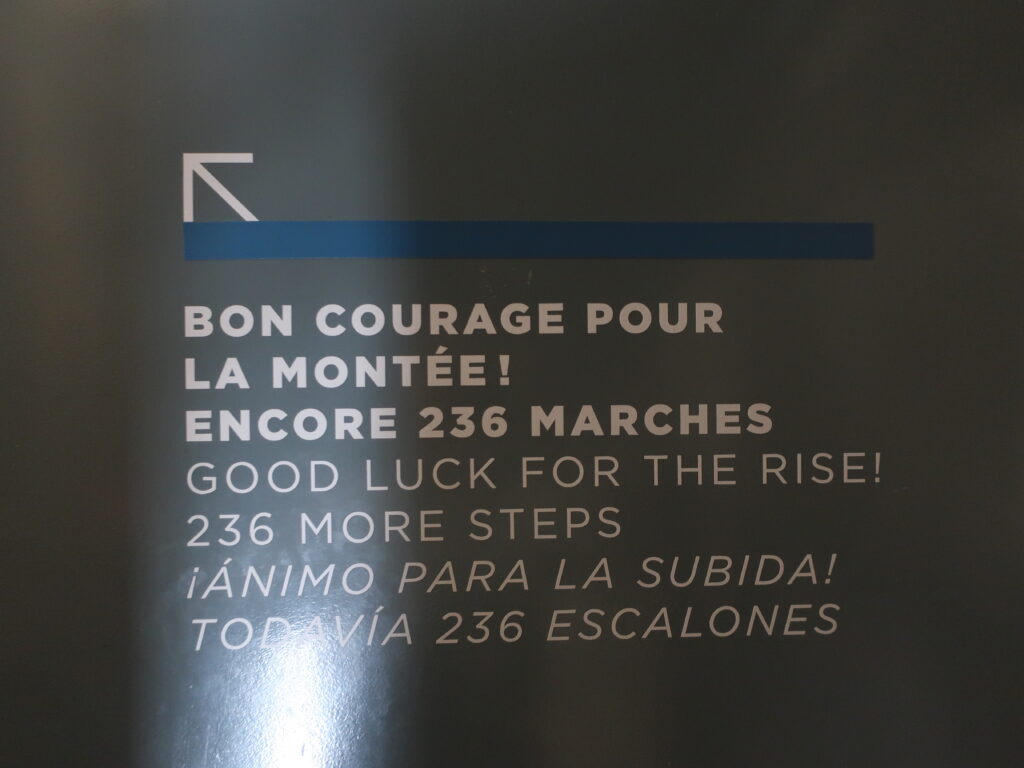
There was a polite sign at the beginning of the ascent that read "236 more steps to go! I wondered if there were many people who were brokenhearted by this stairway. This is the first time I have seen a church that encourages people like this.
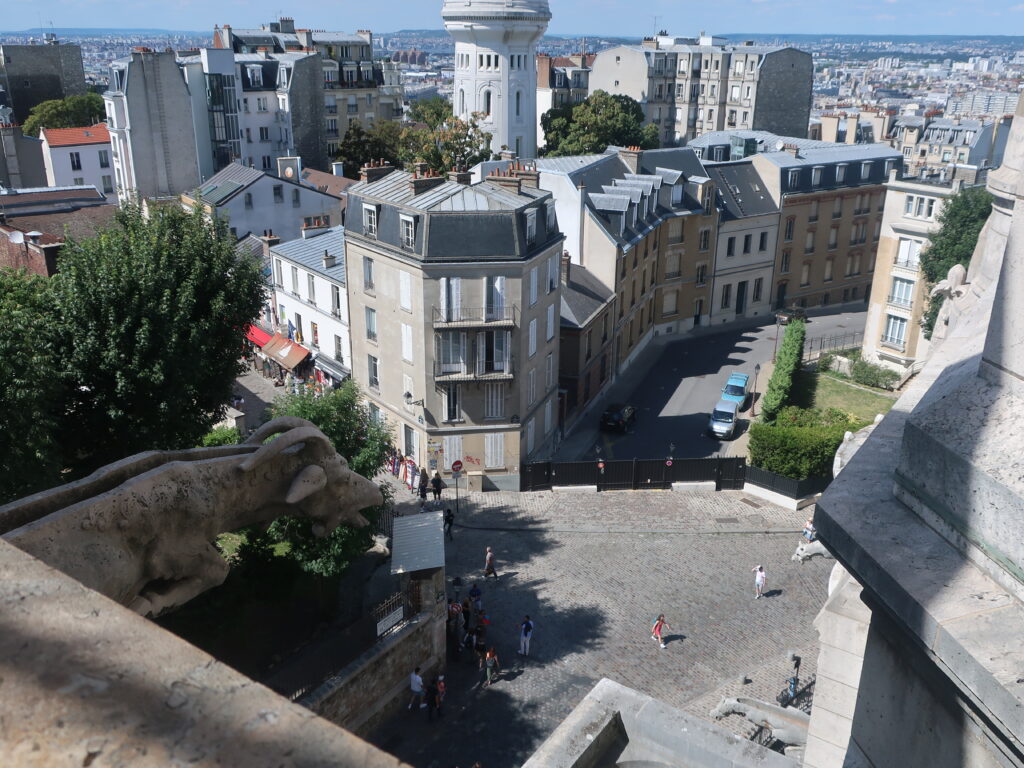
We are almost there. We are almost there.
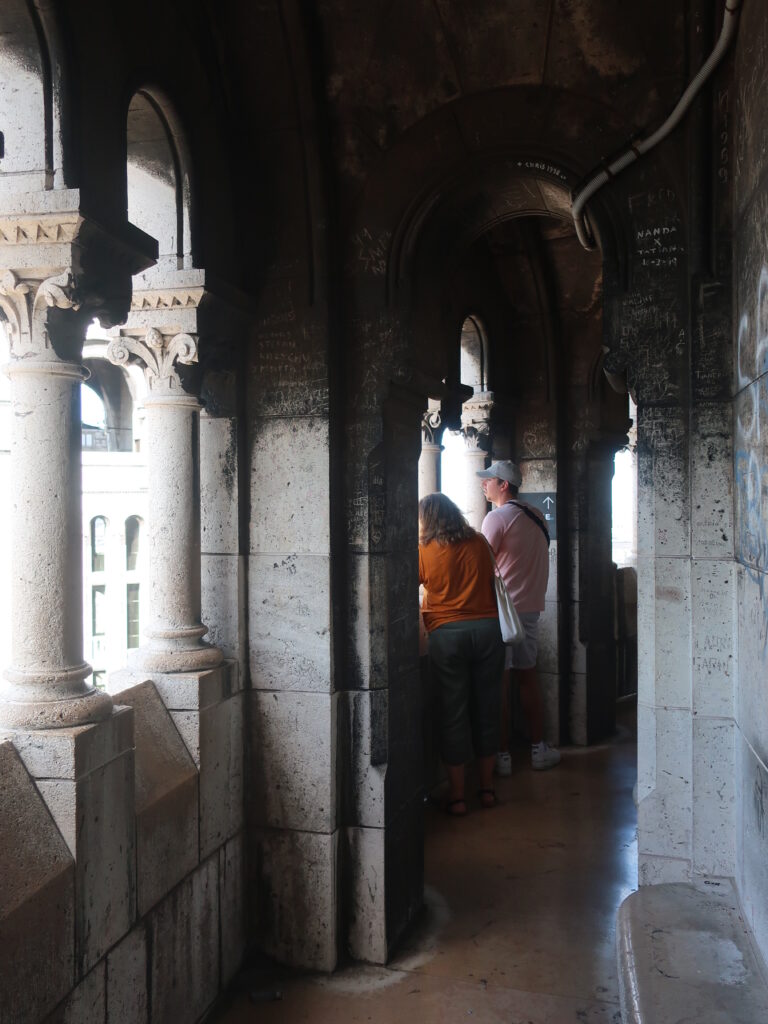
Finally, we reach the top. What will the view be like from here?
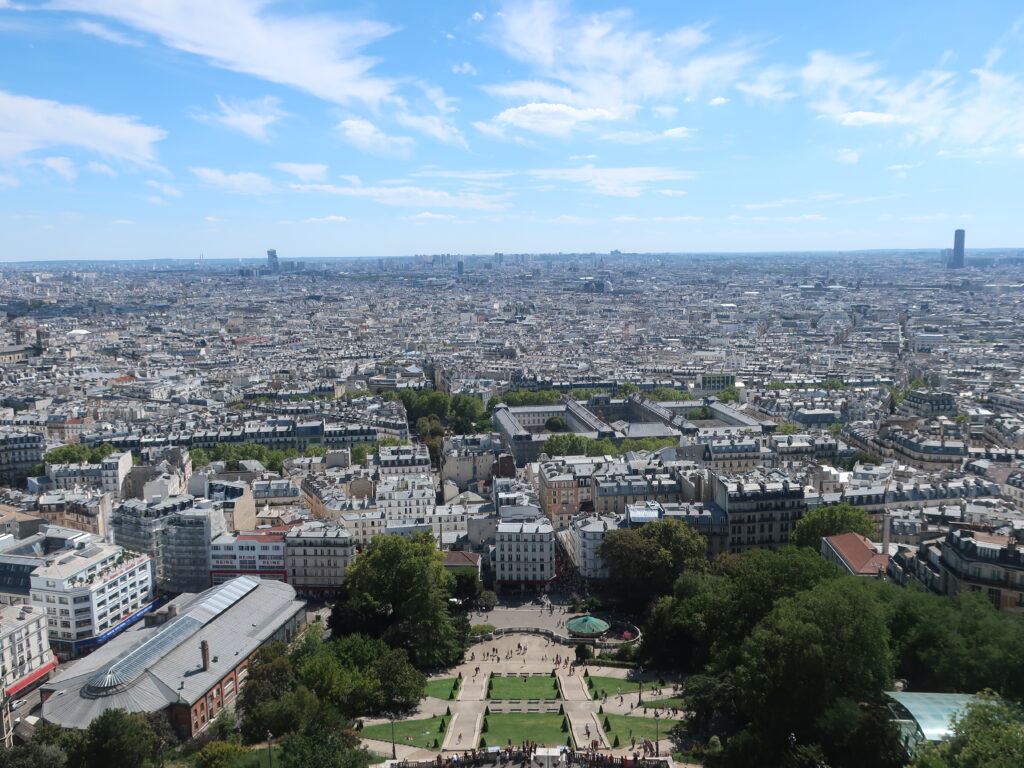
Oh! This is..!
The view of Paris from a much higher vantage point than I had imagined. The view from the Arc de Triomphe was also different from the one I had seen from the Arc de Triomphe.
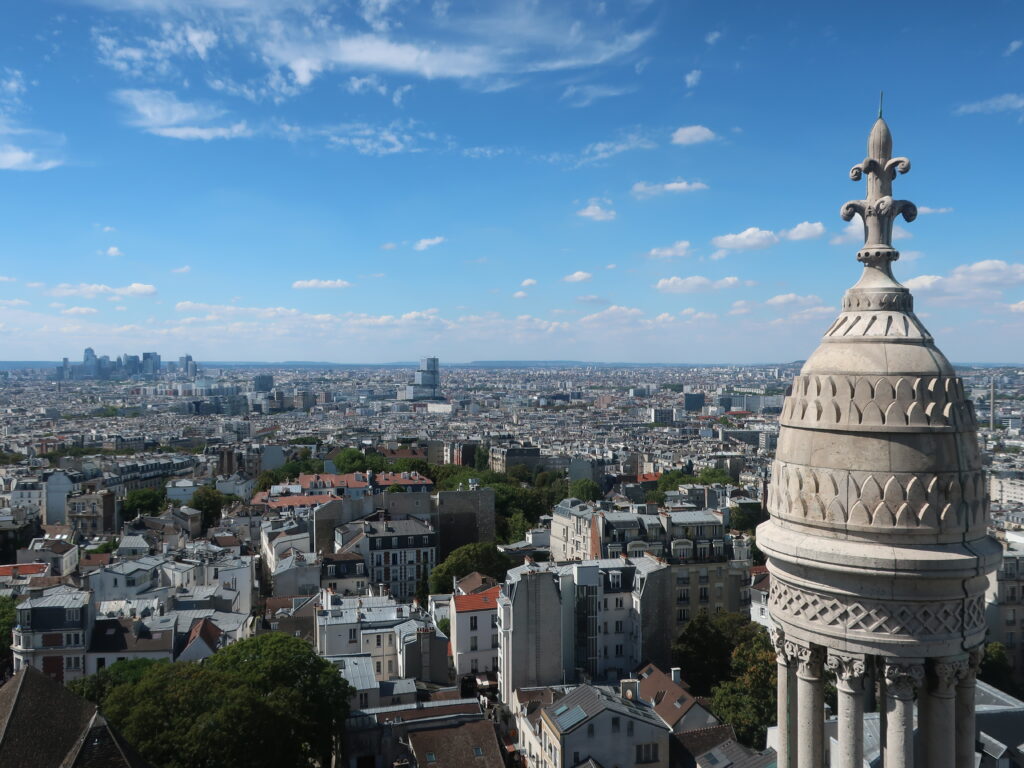
Let's change the position a little. This is Paris seen through the steeple.
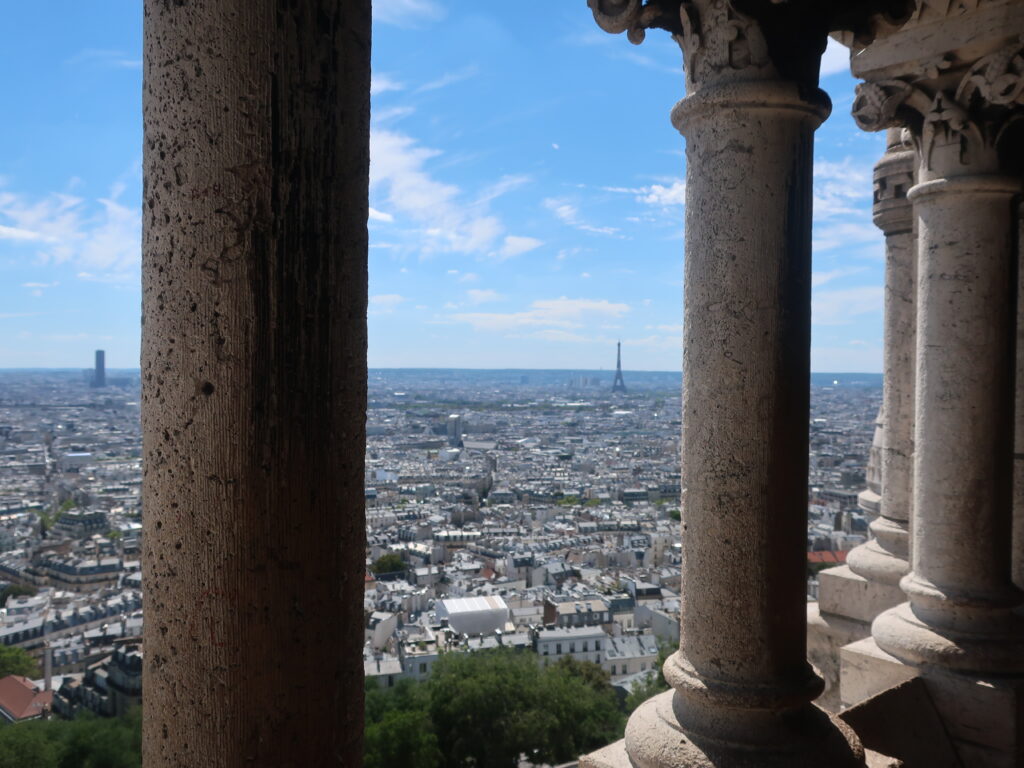
The Eiffel Tower was also in full view.
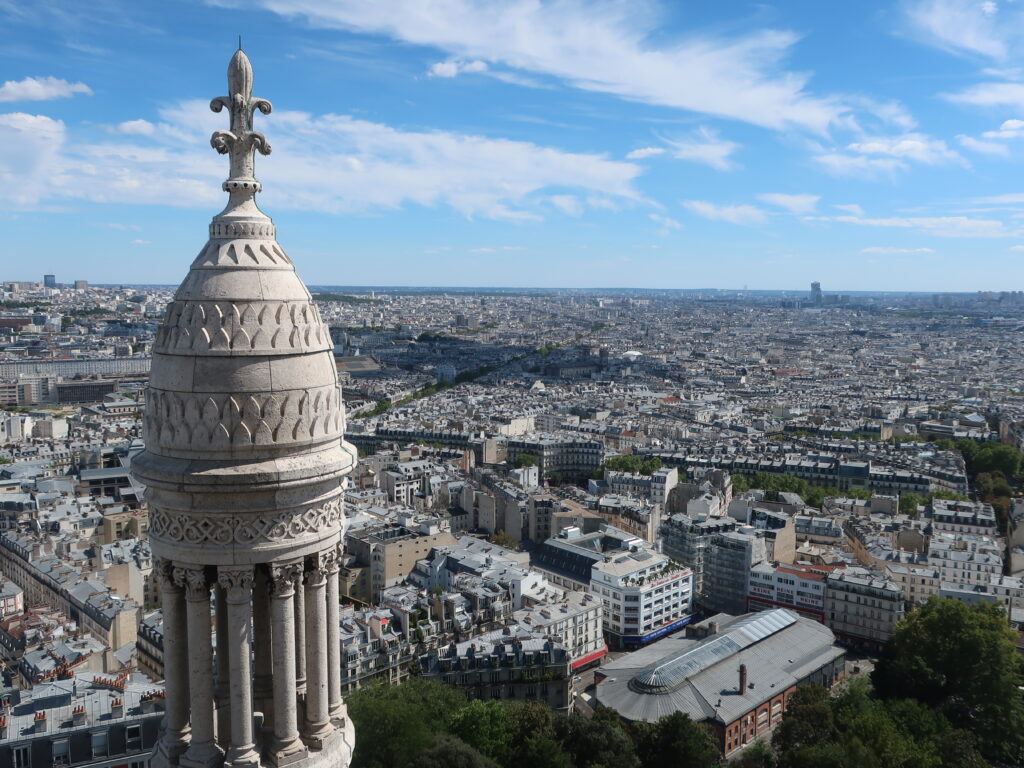
It is worth the effort to climb up to this point. It is true that you can see a great view of Paris without climbing up here, but the panoramic view of Paris seen through the spires and columns adds even more flavor to the experience. However, the panoramic view of Paris seen through the spires and columns adds even more flavor. I would recommend that you don't give up and come all the way up here.
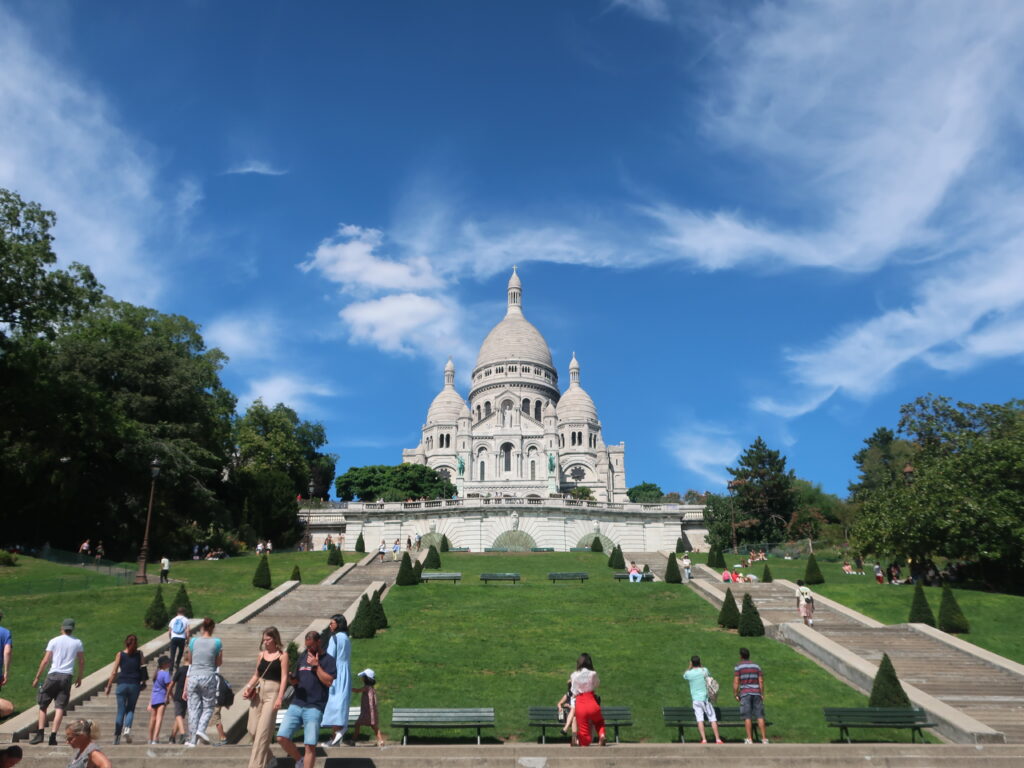
Now that I have introduced you to the Sacre Coeur Temple, as I mentioned at the beginning of this article, what I came here to say is that Zola'sParis.It was because of the
Paris" is the culmination of Zola's work on the "Lugon McCall Series. It is a work that is full of Zola's character, and one might be tempted to call it "THE Zolaism.
And I mentioned it in my last article.The Lugon McCall Series.In "Paris," we had a close look at people from all walks of life in Paris during France's Second Empire, and now, in "Paris," all of those people will be brought together in this one story. This is spectacular. Read more...Nana."Target, here.Geluminaire."I guess so, huh?"A Share of the Prey."indicates such things as location of person or thing, location of short-term action, etc.Gold."The story is a must for Zora fans.
And it is this "Temple of Sacré Coeur" that has an important meaning in this story.
As I mentioned earlier, this cathedral is a relatively new church, with construction having begun in 1877. Although its claim to fame is that it was built as a prayer for the victims of the war, Zola has no mercy on this building. In the words of the characters in the film, "This cathedral is a symbol of the corruption of Paris and the church," he criticizes it thoroughly.
So why is Zola so critical of this church?
That is precisely where the problem of religion in his mind lay.
Zola was originally a big believer in scientific thinking and frequently criticized Catholicism in his "Lugon Maccarr Series".
However, Zola visited Lourdes in 1891 and was shocked by the "Miracle of the Fountain of Lourdes," which led him to consider what true religion is and what can guide people. For more information on this process, please refer to the following articleSynopsis and Thoughts on Zola's Untranslated Work "Lourdes" - How did Zola, who values scientific analysis, view the "Miracle of the Fountain of Lourdes?"The Sacré Coeur temple was seen by Zola as a symbol of depravity that could not be accepted as a result of such religious exploration.
This beautiful, huge church was and still is a tourist attraction in Paris. But how many tourists see this church from the perspective of Zola? As I walked up and down the stairs, I kept thinking about Zola. I was thinking "Oh... Zola was going to blow up this church...".
Of course, that is the story in the novel. One of the characters in the novel was about to completely destroy this church by setting a large amount of explosives on its foundation. And he was very close to doing it in the novel. The church was not blown up, but only by the narrowest of margins.
Zola, in the mouths of the characters in his work, condemns this city of depravity as "the Paris of Sodom. The Paris of Gomorrah". Such a city of corruption, such a city of deception, must be brought to justice...
And it is the protagonist of this story, Father Pierre, who stops the rampage in the making. In fact, the bomber is his brother. The connection and relationship between the brothers is also the heart of this work. Zola is also outstanding in his depiction of this area.
Paris" is a masterpiece among masterpieces. I highly recommend this work to anyone who has read or is interested in the "Lugon McCall Series.
This beautiful and huge Sacre Coeur temple is crowded daily with tourists. But what kind of eyes did Zola see this church with? It is not often that one sees something so exciting.
Read "Paris" and everything will change. The Sacré Coeur temple will no longer be just a "beautiful, huge, church with a spectacular view".
Unfortunately, this church did not exist in 1862 when Dostoevsky visited Paris. However, I am sure that Dostoevsky, who was already strongly critical of the worship in Paris and even more so of Catholicism, would have come to a view similar to Zola's.
Next Article.
Click here to read the previous article.
Related Articles











